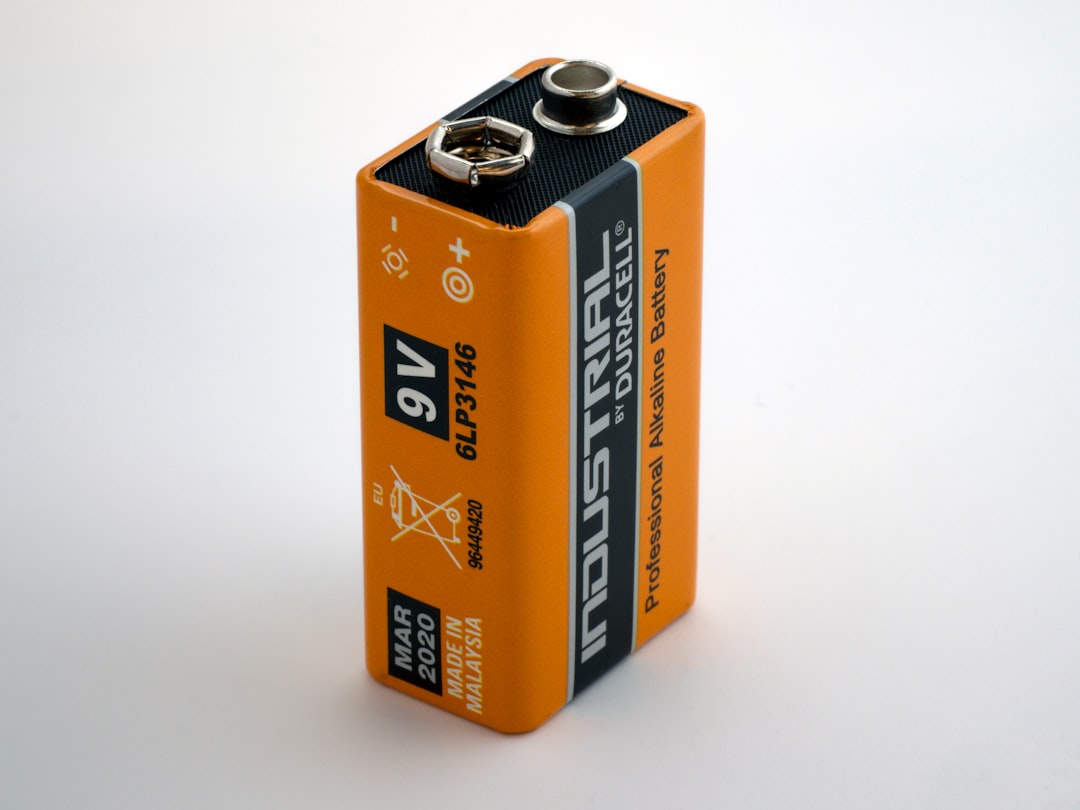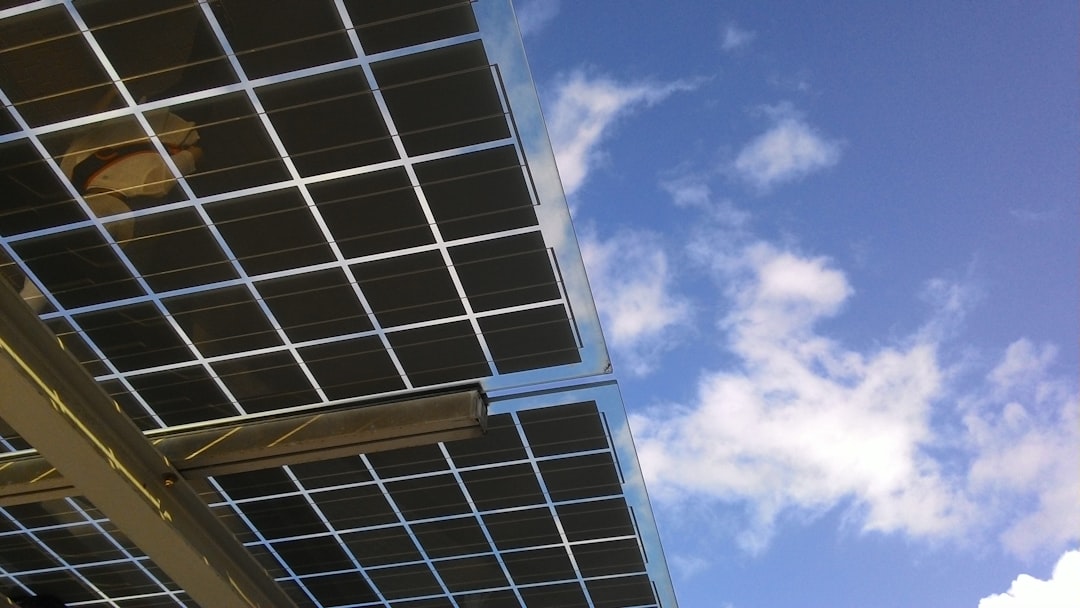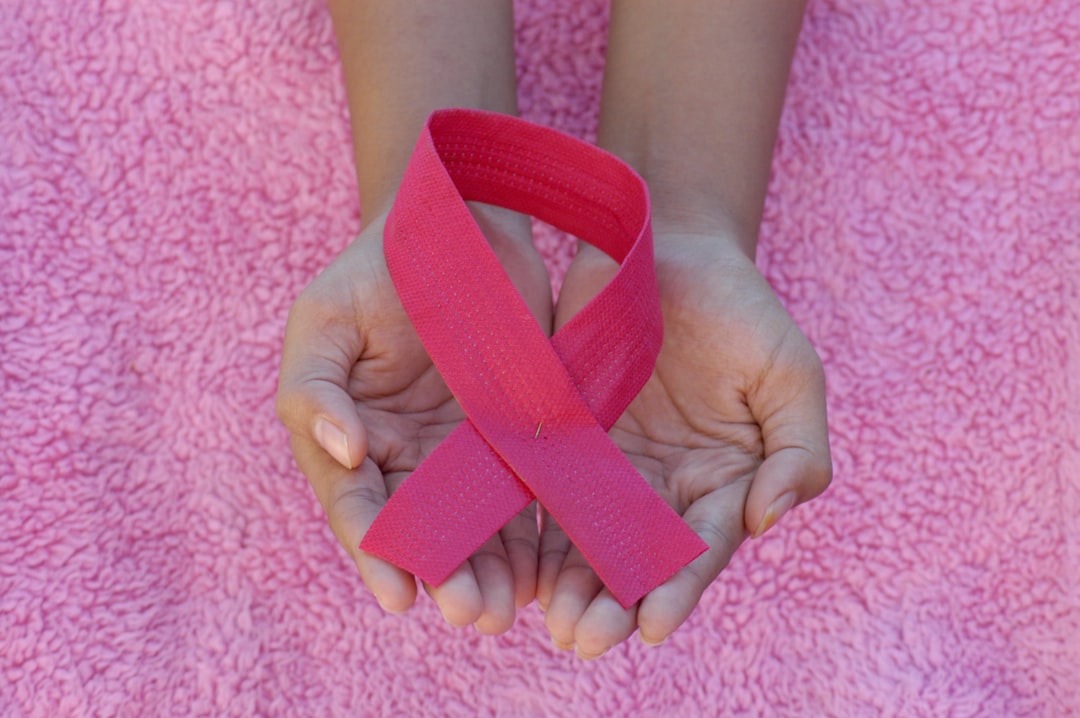What is it about?
Bacterial cellulose (BC) is free from pectin, lignin, hemicellulose and other active constituents associated with plant derived cellulose. Features such as high biocompatibility and easy modification into the desired shape make BC an ideal candidate for applications in the biomedical fields, i.e., tissue engineering, wound healing and bone regeneration. Additionally, it found applications in proteins and drugs in various forms and routes. However, BC is devoid of therapeutic features and has no resistance to gases and solvents molecules. Therefore BC modifications become mandatory to meet the research market demand. In the current article, we have collected data relevant to as-synthesized and modified BC, properties and their applications in various fields from Web of Science, Science direct, Google and PubMed. As-synthesized BC possesses properties such as high crystallinity, well organized fibrous network, higher degree of polymerization, and ability of being in swollen form. The larger surface area enriched with free accessible hydroxyl groups makes BC an attractive polymer for surface functionalization to expand and enhance its features and potential applications. The majority of reported surface alteration approaches are including amination, methylation and acetylation. In this review, we have summarized and highlighted various approaches for BC surface modification. We have also reported enhancement in the properties of modified BC and expansion in its potential applications in different fields. These applications are ranging from basic uses in biomedical sciences to advanced drug delivery approaches for treating and targeting diseases, and paper-making to high quality electronic devices and biosensors for environmental applications.
Featured Image

Photo by Adrien Converse on Unsplash
Why is it important?
The current review has importance to give a comprehensive but brief overview of the past and future approaches for BC modification and applications in various fields.
Read the Original
This page is a summary of: Properties and Applications of Modified Bacterial Cellulose-Based Materials, Current Nanoscience, June 2021, Bentham Science Publishers,
DOI: 10.2174/1573413716999201106145528.
You can read the full text:
Resources
Contributors
The following have contributed to this page










